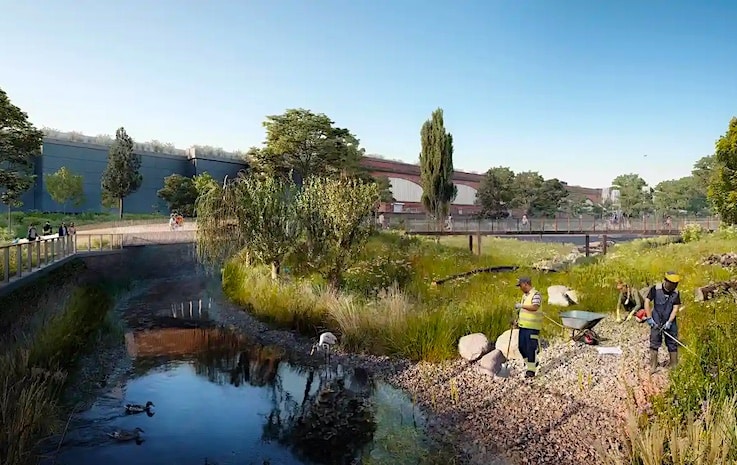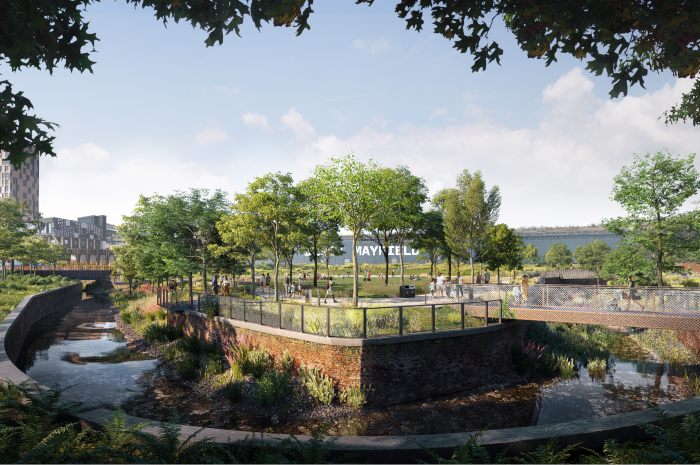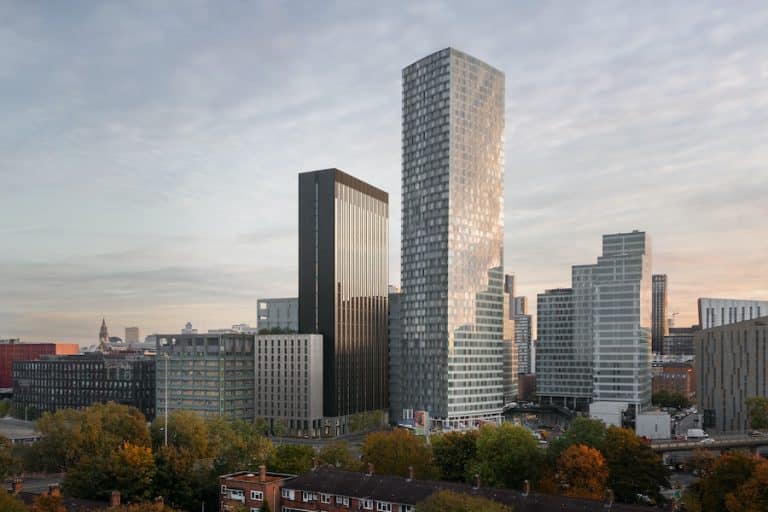New city centre park will use Victorian wells to water its trees and plants
- Written by I Love MCR
- Last updated 4 years ago
- City of Manchester, History

If 2020 has taught us anything, it’s that access to nature and green spaces is vital to our mental and physical wellbeing.
Suburbs across Greater Manchester have almost more parks than any other major city in Europe. Birchfields, Plattfields, Alexandra Park, Whitworth Park, Crowcroft Park, Plymouth Grove Park, Fletcher Moss, Chorlton Water Park, Brunswick Park, Didsbury Park, to name but a few. Not to mention Heaton Park, the largest civic park in Europe.
It’s arguable that our parks have never felt more important – especially for those of us living in the city without the luxury of a garden or even a small balcony.
Manchester city centre’s first public park for more than 100 years will use recently uncovered wells from the Victorian era to provide a sustainable source of water.

The 6.5-acre Mayfield Park will sit behind Piccadilly station and provide a new green sanctuary at the heart of our city including play areas and floodable meadows.
Trees and plants will be watered using three Victorian wells that were discovered while archaeologists were on-site to catalogue historical features of the site.
The area has been mainly unused since the 80s but is being redeveloped as part of a £1.4bn “transformational” regeneration scheme that includes plans for 1,500 new homes, retail, leisure and office space.
The water produced by the well has been declared safe for irrigation use, meaning it can be used to sustainably keep the park’s trees and plants lush, thereby reducing the burden on the mains supply.
The wells are among several important discoveries made at Mayfield, including a large Victorian bathhouse, as work on the redevelopment gains momentum.
In total, 12 wells have been located across the site but many were backfilled or damaged, with only three wells remaining viable. The largest of these was used originally to supply the Britannia Brewery, which was based on the east of the site in the late 19th and early 20th century.
The Britannia Brewery was one of the most important in Lancashire, according to an 1888 report in the Manchester Courier and Lancashire General Advertiser. At its height, the brewery was capable of producing more than 300 barrels of beer every week, meaning it played a significant role in keeping the city’s factory and textile workers well lubricated after their long shifts.
- This article was last updated 4 years ago.
- It was first published on 5 July 2021 and is subject to be updated from time to time. Please refresh or return to see the latest version.
Did we miss something? Let us know: press@ilovemanchester.com
Want to be the first to receive all the latest news stories, what’s on and events from the heart of Manchester? Sign up here.
Manchester is a successful city, but many people suffer. I Love Manchester helps raise awareness and funds to help improve the lives and prospects of people across Greater Manchester – and we can’t do it without your help. So please support us with what you can so we can continue to spread the love. Thank you in advance!
An email you’ll love. Subscribe to our newsletter to get the latest news stories delivered direct to your inbox.
Got a story worth sharing?
What’s the story? We are all ears when it comes to positive news and inspiring stories. You can send story ideas to press@ilovemanchester.com
While we can’t guarantee to publish everything, we will always consider any enquiry or idea that promotes:
- Independent new openings
- Human interest
- Not-for-profit organisations
- Community Interest Companies (CiCs) and projects
- Charities and charitable initiatives
- Affordability and offers saving people over 20%
For anything else, don’t hesitate to get in touch with us about advertorials (from £350+VAT) and advertising opportunities: advertise@ilovemanchester.com


The Manc aerobics queen who trained the Corrie cast is helping raise charity cash

Ancoats to get even cooler as independent market set for MOT garage site

“Manchester is not Britain’s second city, it’s the first” – Jeremy Clarkson
















